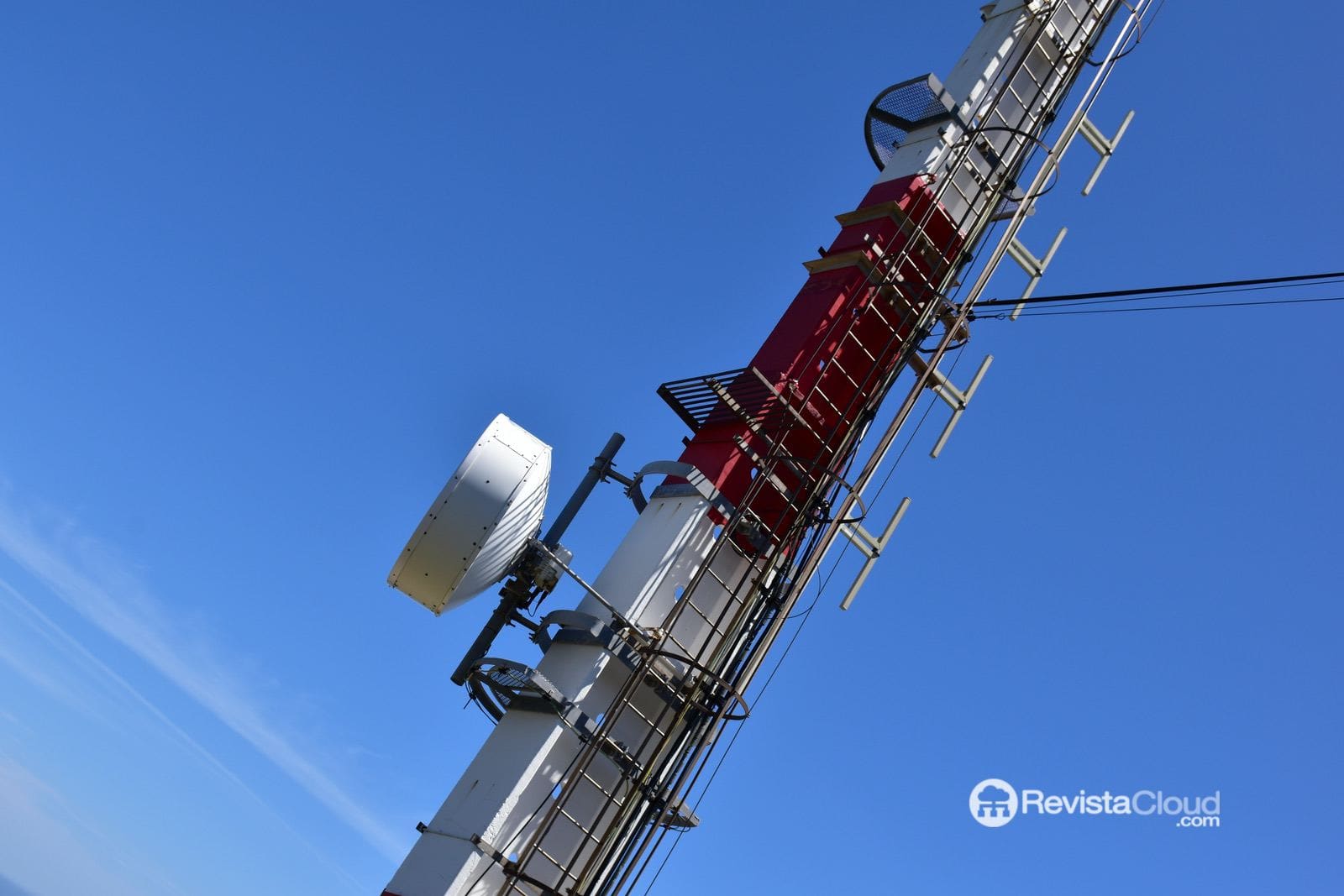Vodafone has decided to accelerate the shutdown of its 3G network in Spain, a move that reflects the transition to more modern and efficient technologies. The operator recently updated its mobile coverage map, showcasing the almost complete disappearance of 3G signal in most parts of the national territory, with the exception of some major cities.
Disappearance of 3G Accelerated
Since the start of the shutdown process in November 2022, Vodafone has made rapid progress in eliminating the 3G network. Although in its initial phases the shutdown was done progressively, the recent update to the coverage map reveals a sharp reduction in 3G coverage. Now, the 3G signal only remains active in significant urban areas, while the rest of the country no longer has this network.
The shutdown of 3G is part of a broader strategy to optimize resources and reduce costs. The removal of this outdated network, which is no longer as efficient in terms of capacity and energy consumption, will allow Vodafone to save significantly on electricity consumption. It is estimated that operating 18,000 3G sites in the country could generate savings of up to 65 GWh per year, although this savings adjusts to 52 GWh considering the increased use of 2G.
Delays and Solutions
The process of shutting down the 3G network in Spain has faced some delays. Although Vodafone initially planned to complete the shutdown by the end of 2023, issues with the implementation of VoLTE calls for customers of its secondary brand, Lowi, led to a delay. VoLTE is crucial for making calls over the 4G network, avoiding the saturation of the 2G network in the absence of 3G.
In April, Vodafone reported that half a million Lowi customers were already using VoLTE, which has allowed the operator to resume and accelerate the shutdown of 3G. The British company, which had already completed the shutdown in other European countries such as the Netherlands, Italy, and the Czech Republic, is now focused on finalizing the process in Spain.
Energy Efficiency and Future
The decision to eliminate the 3G network also responds to the need to free up frequencies for 4G and 5G networks, which are much more efficient in both capacity and energy consumption. The 2100 MHz band used by 3G, along with part of the 900 MHz, will be allocated to these more advanced technologies.
In conclusion, Vodafone’s accelerated shutdown of 3G not only reflects a step towards technological modernization but also a significant effort to reduce costs and improve energy efficiency. The transition to newer networks promises to benefit both users and the environment.
via: Banda Ancha

